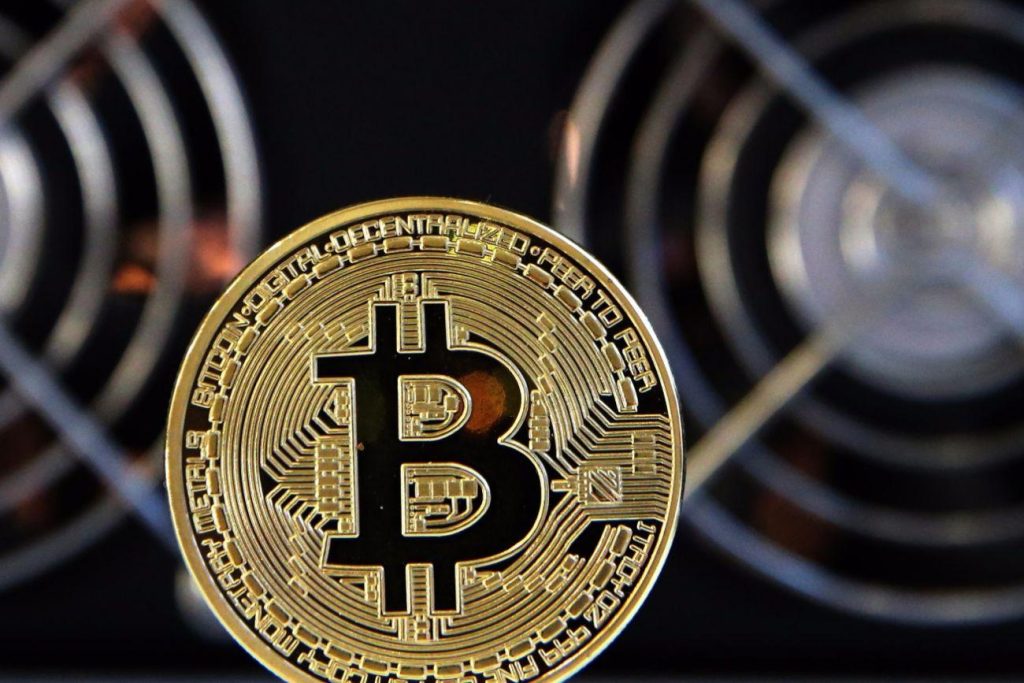Bitcoin’s price trends have a profound impact on investor behavior and market sentiment, reflecting the interplay between market dynamics, psychological factors, and broader economic indicators. The volatile nature of Bitcoin’s price often triggers a range of responses from investors, each influenced by their expectations, risk tolerance, and market outlook. When Bitcoin experiences significant price surges, such as the dramatic rise in late 2017 or the more recent peaks in 2021, it tends to attract a wave of new investors, driven by the fear of missing out FOMO. This influx is often characterized by speculative trading, where investors chase gains, hoping to capitalize on the momentum. This behavior amplifies price volatility, creating a feedback loop where rising prices attract more buyers, further driving up the value, sometimes to unsustainable levels.

In Bitcoin’s latest crypto news, sharp declines in Bitcoin’s price can evoke panic selling, where investors, worried about further losses, liquidate their holdings to minimize damage. Such downturns can be precipitated by a range of factors, including regulatory crackdowns, security breaches, or macroeconomic events affecting investor confidence. The resulting sell-offs contribute to market instability and can lead to a cascade of negative sentiment. During these periods, Bitcoin’s price often experiences rapid fluctuations, with investors oscillating between fear and hope as they try to gauge the market’s bottom. This kind of volatility not only affects short-term traders but also impacts long-term holders, who may question their investment strategy amid falling prices. Market sentiment around Bitcoin is also shaped by broader economic and financial conditions. For instance, during times of economic uncertainty or inflation, Bitcoin is sometimes viewed as a safe haven asset, akin to digital gold. Investors may flock to Bitcoin as a hedge against traditional financial systems, driving up its price. Conversely, in periods of economic stability or when interest rates rise, Bitcoin may face headwinds as traditional investments, like bonds or equities, become more attractive.
Additionally, media coverage and public perception play significant roles in shaping market sentiment. Positive news stories, endorsements from high-profile individuals, or institutional adoption can enhance investor confidence, while negative coverage, such as reports of fraud or regulatory challenges, can dampen enthusiasm and prompt sell-offs. In essence, Bitcoin’s price trends create a dynamic environment where investor behavior is closely tied to market sentiment. The interaction between price movements and investor psychology generates a self-reinforcing cycle of optimism and pessimism, significantly influencing market outcomes. As Bitcoin continues to evolve, understanding these behavioral patterns becomes crucial for both investors and analysts looking to navigate the complexities of this digital asset. The ongoing interplay between price trends, investor reactions, and external factors underscores the intricate nature of Bitcoin’s role in the financial landscape, highlighting the need for a nuanced approach to investment and market analysis.
